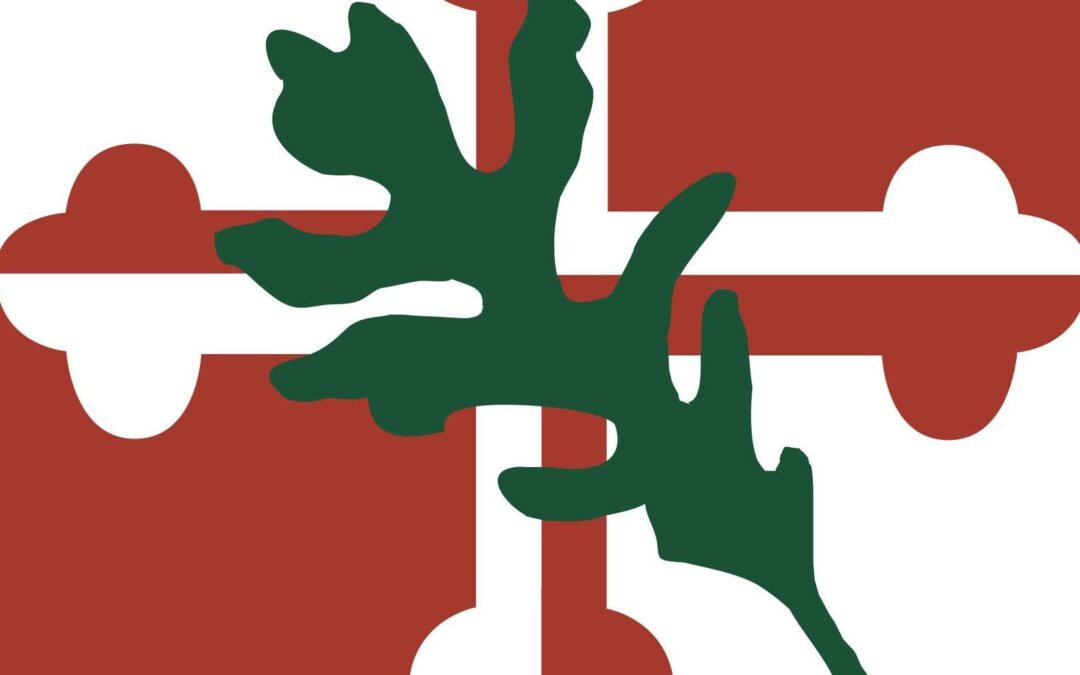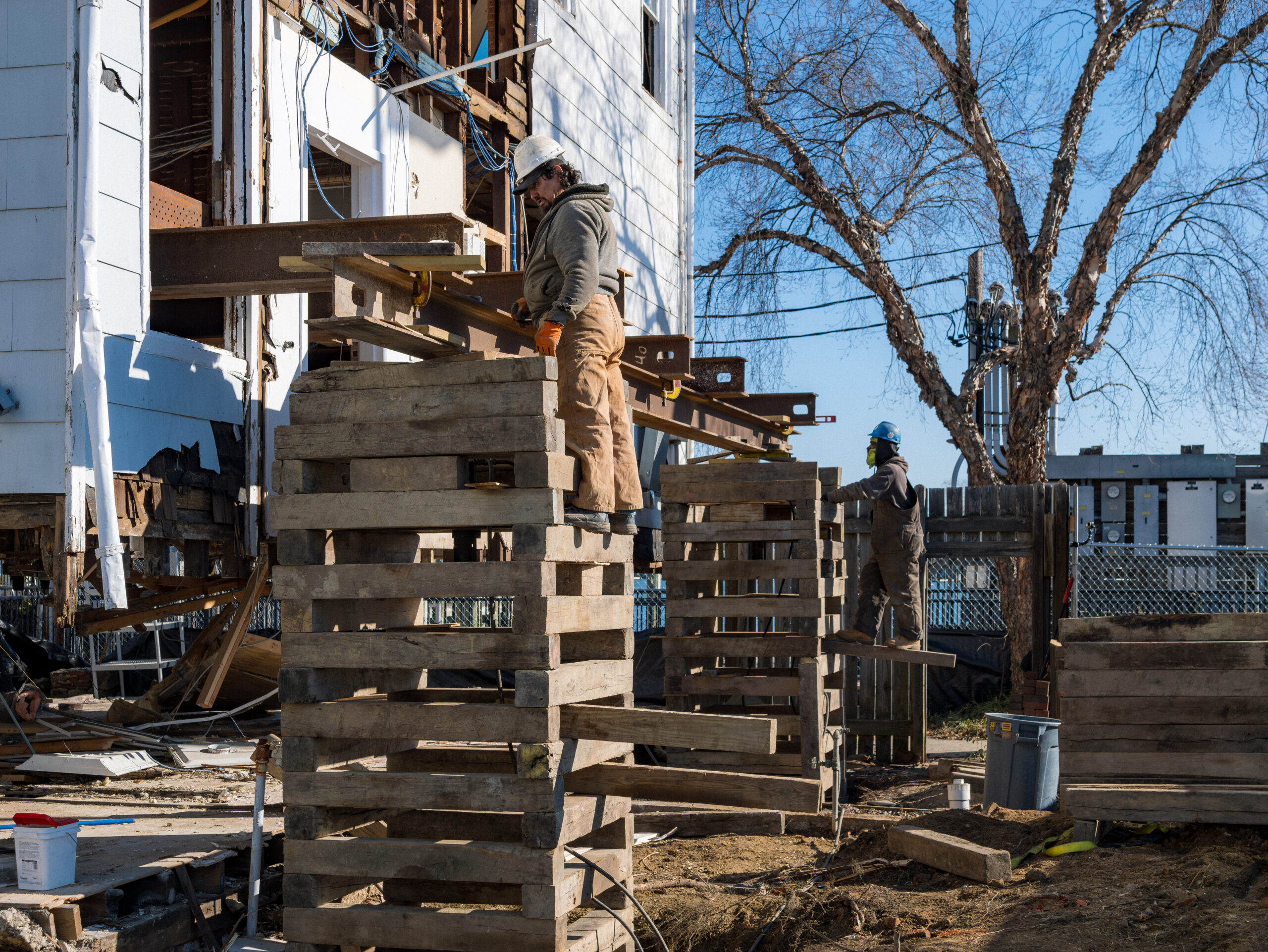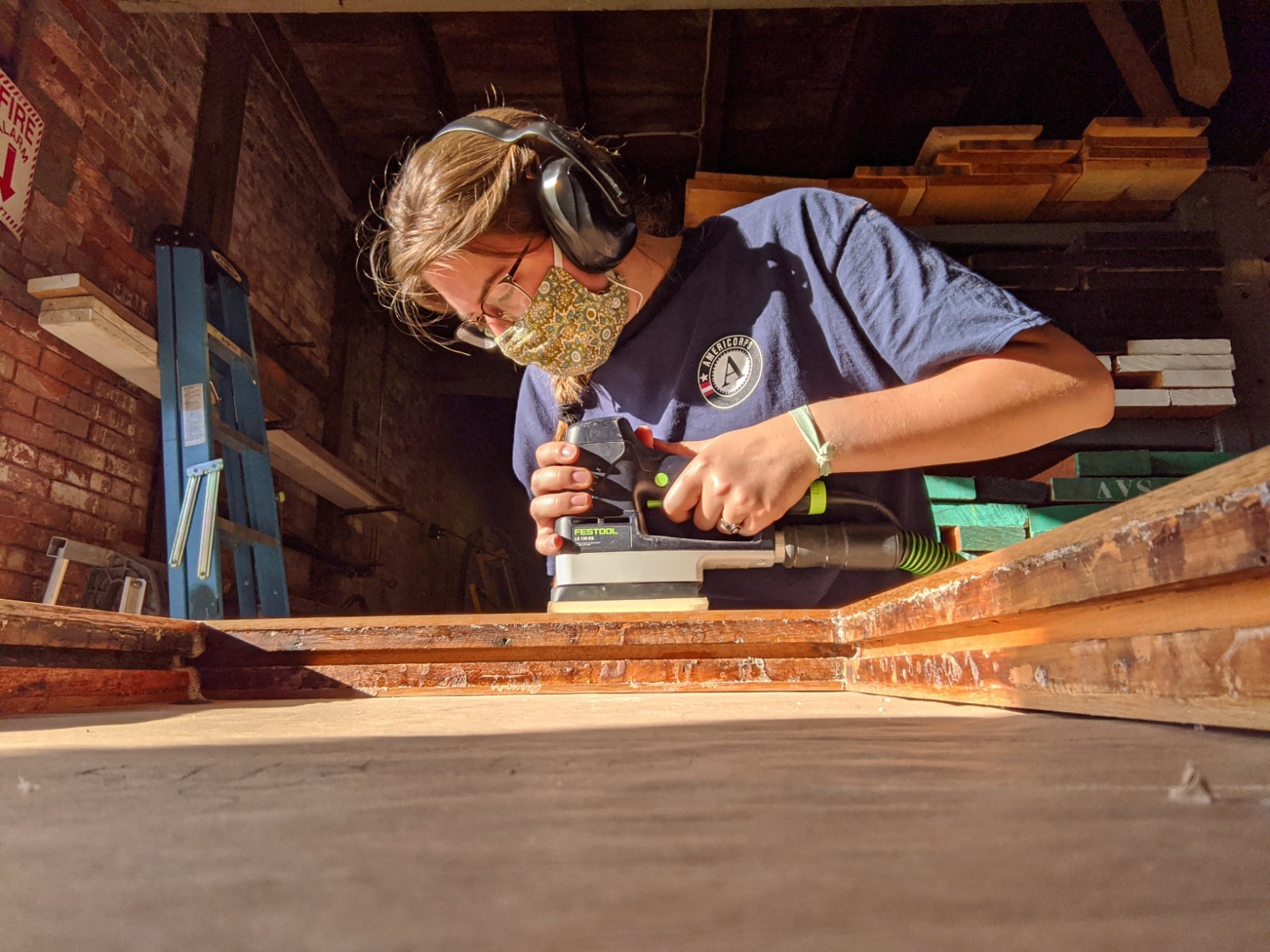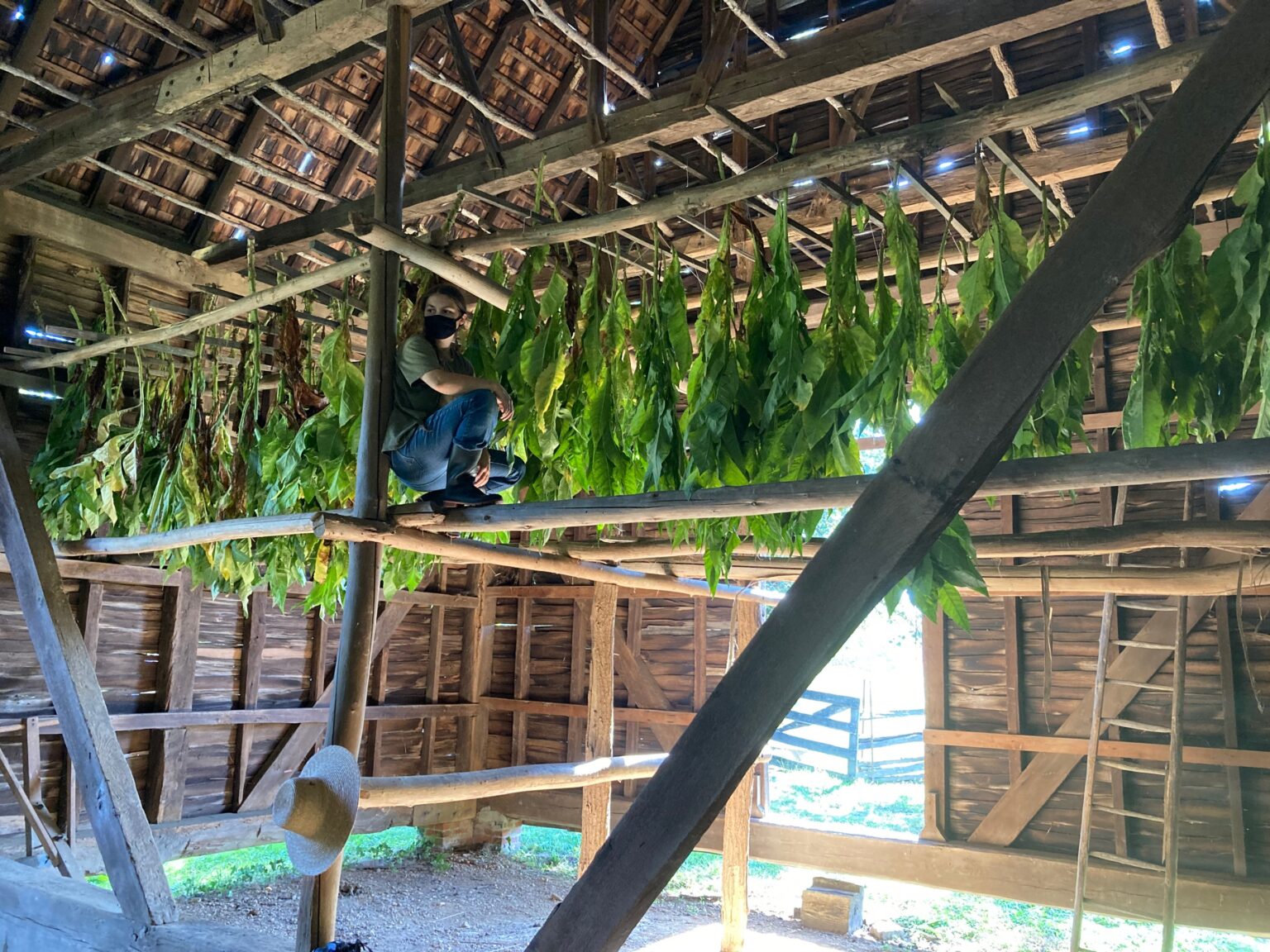Protecting Our Past. Investing in Our Future.
Preservation Maryland is a non-profit harnessing the power of historic places by revitalizing and reinvesting in communities, advocating, and building the historic trades workforce for the benefit of all Marylanders.
![]()
Want to receive email updates from Preservation Maryland?

Doors Open — and So Does Possibility
This month, one of Baltimore’s most architecturally and historically significant landmarks will open its doors to the public for the first time in years — and Preservation Maryland is proud to play a key role in making it happen. As the fiscal sponsor of UNITE Mount...

Preservation Maryland Welcomes International Delegation for Cultural Heritage Exchange
Preservation Maryland had the privilege of hosting an international delegation through the U.S. Department of State’s International Visitors Leadership Program (IVLP) — the federal government’s premier professional exchange initiative. We were honored to welcome a...

Career Opportunities with Maryland’s Park Service
Our partners at the Maryland Park Service are now accepting applications for two leadership positions. These roles are vital to keeping Maryland’s parks safe, welcoming, and well-managed for all and both positions offer a chance to make a meaningful impact on...
Can We Count on You?
Preservation Maryland isn’t just preserving the past – we’re investing in our future. Our donors make it all possible.
Our Work
Explore Our Initiatives
Although the organization’s core mission remains the same as when we started in 1931, our work has adapted, our strategies have diversified, and our approach has modernized.




